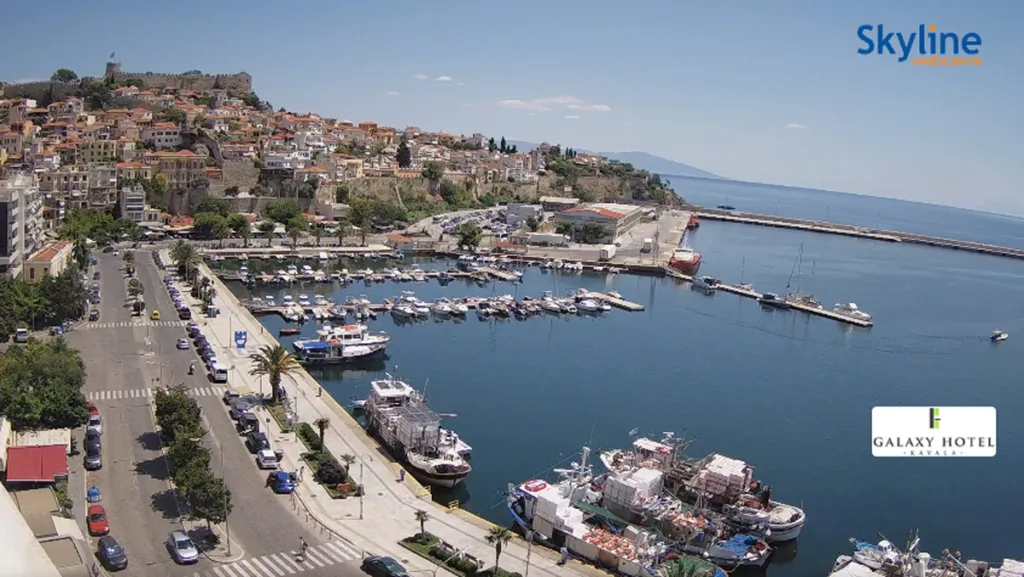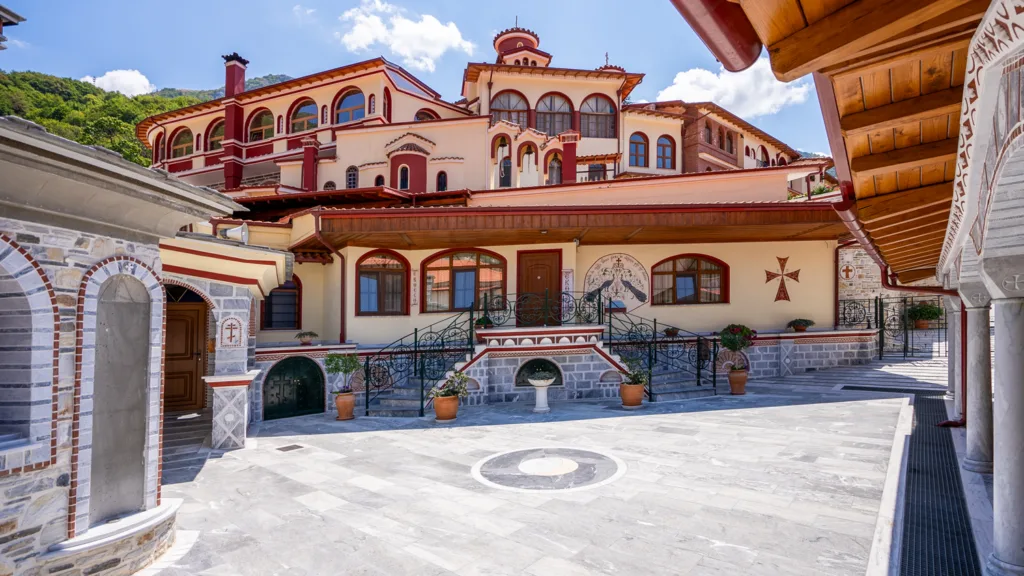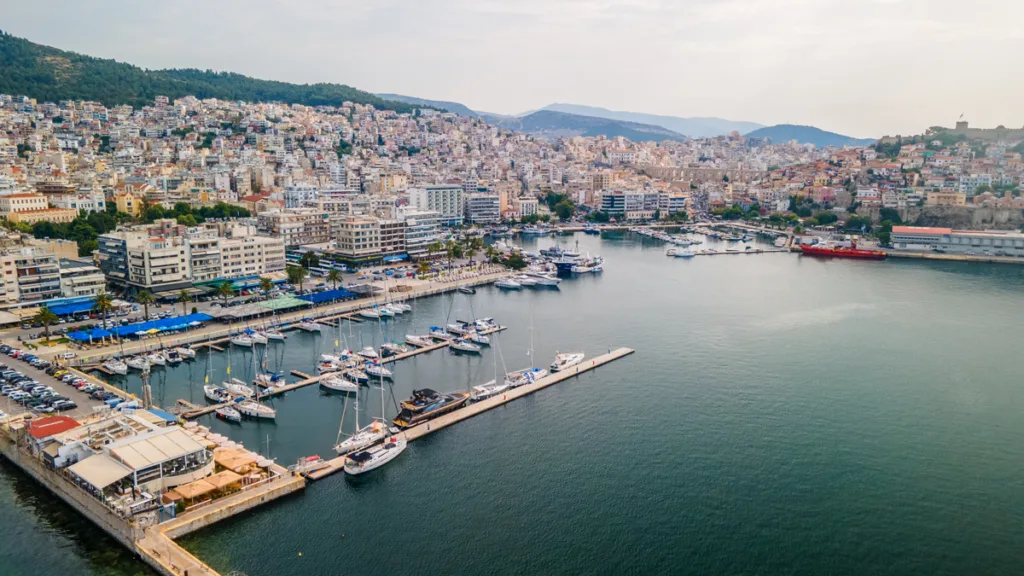History of Kavala
Uncover the Past of a Historic City
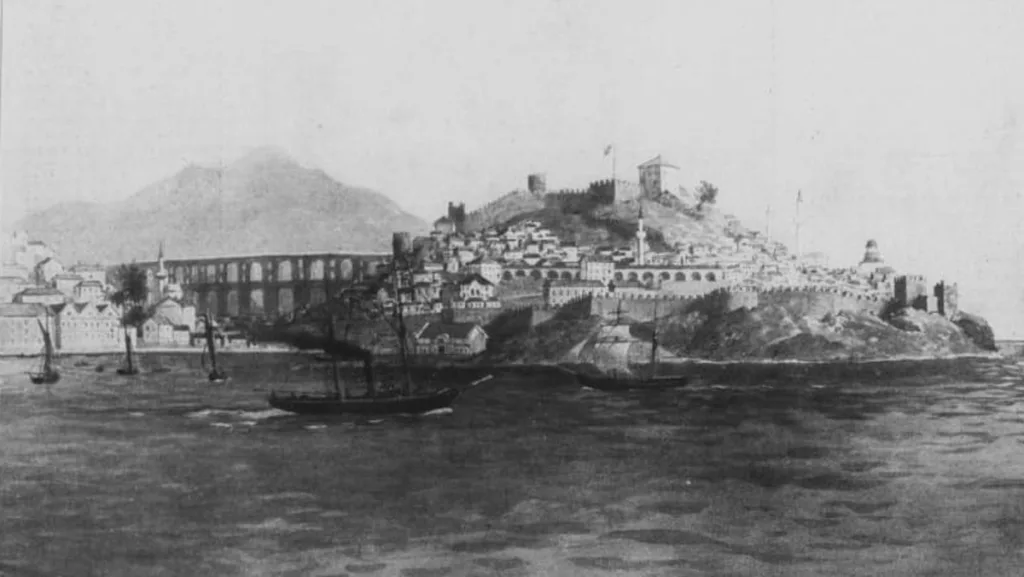
Welcome to a journey through the history of Kavala, a city with a heritage spanning twenty-seven centuries. From ancient Greeks and Romans to Byzantines and Ottomans, the history of Kavala is shaped by conquerors, traders, and saints, leaving behind a rich cultural tapestry.
Visitors can explore landmarks like Kavala Castle, the ancient aqueduct, and the old town of Panagia, each offering a glimpse into the city’s storied past. The history of Kavala unfolds at every turn, making it an unforgettable destination for anyone drawn to its rich legacy.
The Birth of Neapolis
Kavala’s story begins in the 7th century BC when settlers from Paros and Thassos islands founded the city, originally named Neapolis. They aimed to control trade and exploit the gold deposits of Mount Pangaion. This strategic port quickly caught the eye of Athens, leading to prosperous relations and financial independence, symbolized by the right to mint its own coins.
The Macedonian and Roman Eras
Under Philip II of Macedon, Neapolis became the primary port of Philippi. This connection brought wealth and prominence, but also a loss of autonomy. The city’s significance continued under Roman rule as a vital link on the Via Egnatia, bridging the East and West of the Roman Empire. The arrival of Apostle Paul in the first century AD marked the start of Europe’s Christianization, with the first European Christian, Lydia, baptized nearby.
From Christopolis to Kavala
In the Byzantine era, Neapolis was renamed Christopolis. However, the city faced destruction by the Normans in 1185, only to be rebuilt and see its fortunes rise again. The 13th century brought it under Constantinople’s control, alternating between Byzantine and Venetian rule before falling to the Ottoman Turks in 1387.
Ottoman Influence and Modern Kavala
Kavala thrived once more under Ottoman rule, with notable constructions like the Kamares aqueduct in 1530 by Suleiman the Magnificent. The city’s modern layout began to take shape in the 18th century. The 19th century saw the birth of Muhammad Ali, the founder of the Egyptian dynasty, who left his mark with the construction of the Imaret.
Kavala played a significant role in Greece’s struggle for independence and was finally liberated from Ottoman rule in 1913. The 20th century saw Kavala evolve into a modern city, maintaining its historical charm.
Must-Visit Historical Sites in Kavala
Kamares Aqueduct
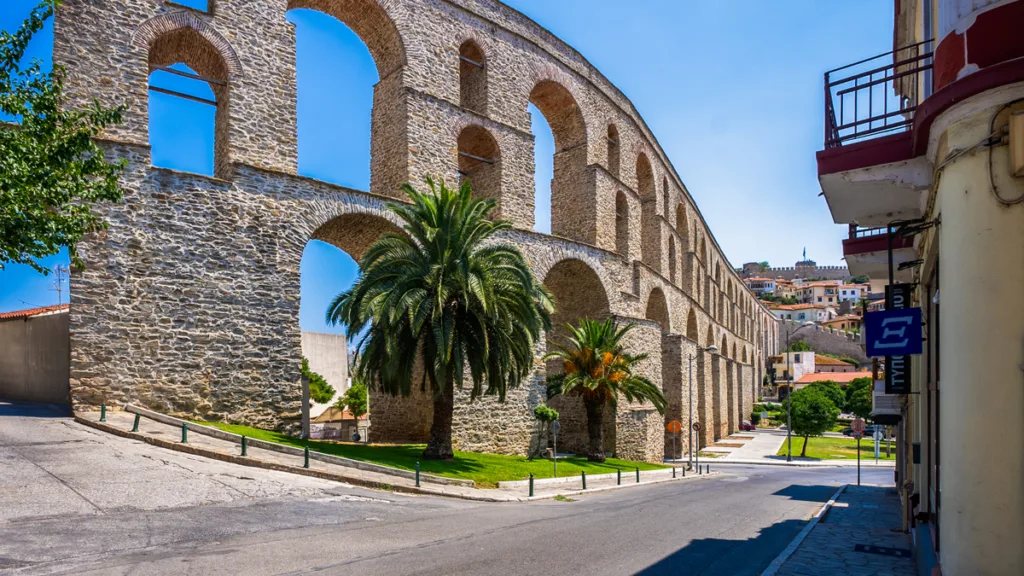
An architectural marvel from the 16th century, providing a glimpse into Ottoman engineering.
Aqueduct of Kavala.
GoogleMaps
Castle
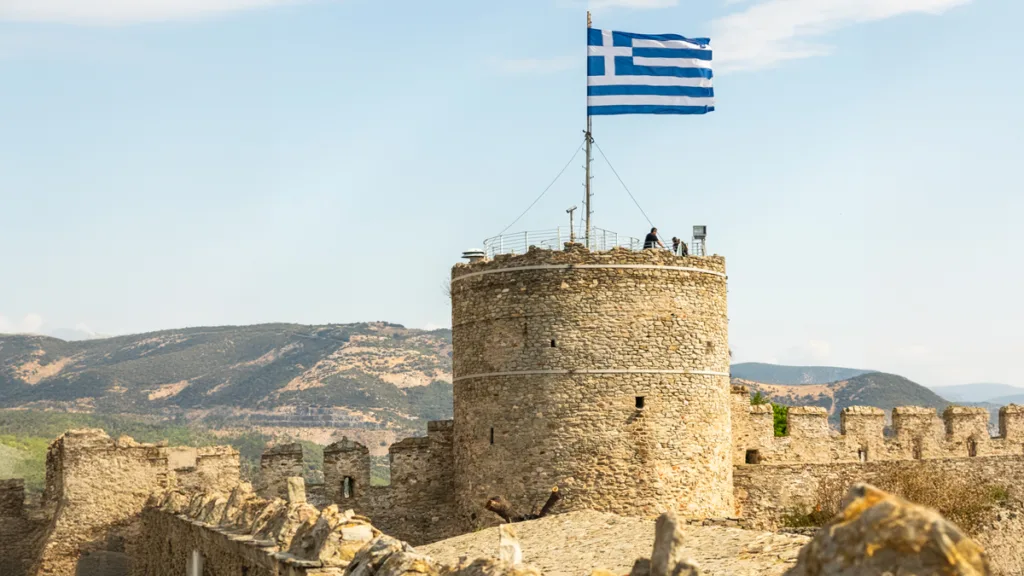
Originally constructed during the Byzantine era and later expanded by the Ottomans, it provides a glimpse into Kavala’s rich history.
The castle of Kavala
GoogleMaps
Imaret
Built in 1817 by Muhammad Ali, this stunning structure showcases Islamic architecture’s elegance.
GoogleMaps
Apostle Paul Monument
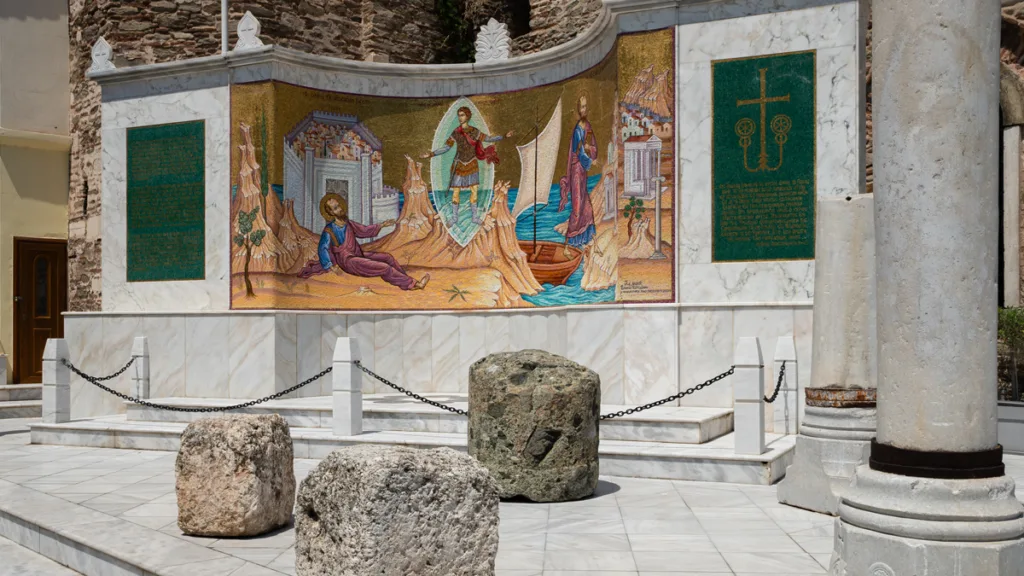
Commemorating Paul’s arrival in Neapolis, a pivotal moment in Christian history.
GoogleMaps
Via Egnatia
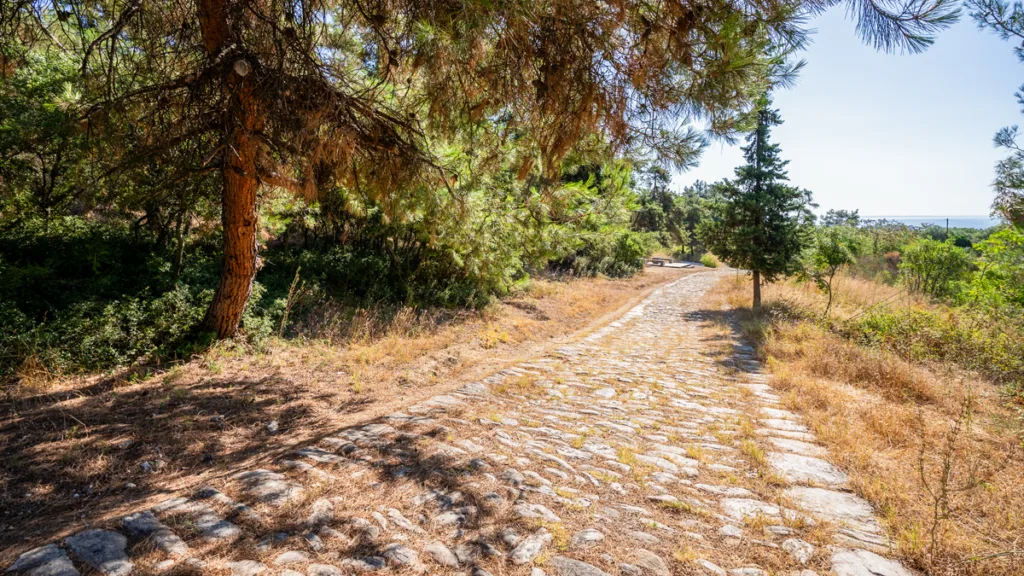
The Via Egnatia was an important Roman road that connected the Adriatic Sea to the Bosporus.
GoogleMaps
Experience History of Kavala Today
Kavala is not just a city of the past; it is a vibrant destination offering something for everyone. From its bustling port and beautiful beaches to the charming old town, visitors can enjoy a blend of history, culture, and natural beauty.
- best Beaches: Relax on the pristine sands of Batis, Tosca, and Kalamitsa beaches.
- Old Town: Wander through the narrow streets of Panagia, the oldest part of the city, and discover traditional houses and local shops.
- Mount Pangaion: Explore hiking trails and the ancient gold mines that once fueled Kavala’s economy.
Practical Information
- How to Get There: Kavala is accessible by road, sea, and air. The nearby Alexander the Great International Airport offers connections to major cities.
- Where to Stay: From luxury hotels to cozy guesthouses, Kavala has accommodation options to suit all budgets.
Conclusion of History of Kavala
Kavala’s rich tapestry of history, culture, and natural beauty makes it a must-visit destination for travelers. The history of Kavala is deeply intertwined with the city’s charm, with influences from ancient Greece, the Byzantine Empire, and Ottoman rule. Visitors can explore historical landmarks like the Kavala Castle and the Imaret, or wander through the old town’s cobblestone streets.
Whether you’re a history enthusiast or a nature lover, Kavala provides a unique experience, surrounded by beautiful landscapes and stories from the past. The history of Kavala comes alive through its architecture and cultural sites, making it an unforgettable journey through time.
Explore, discover, and fall in love with Kavala – a city where every corner tells a story.
You want to stay in a hotel? Hotels in Kavala
Sex Work Greece
Sex Work Greece the Legal and Social Landscape The Most Important in a Nutshell Sex…
Martial Arts
Martial Arts in Kavala Discover Your Perfect School The Most Important in a Nutshell Diverse…
Enduro
Enduro Riding in Kavala Your Guide to an Unforgettable Adventure If you’re seeking an adrenaline-fueled…
Webcams
Webcams in Kavala Live Views of the City Welcome to our dedicated page for the…
Monasteries
Monasteries of Kavala Discover spiritual places Kavala and its surrounding areas are brimming with spiritual…
Fitness Studio
Fitness Studio Kavala Find Your Perfect Gym! If you’re searching for a Kavala fitness studio,…
Pediatrician
Pediatrician in Kavala Trusted Child Healthcare Finding the right pediatrician in Kavala can be one…
Port
Port of Kavala Gateway to the Aegean Welcome to the vibrant port city of Kavala!…
Hotels around Kavala
Hotels around Kavala Find Your Perfect Stay Welcome to Kavala Online! Whether you’re planning a…




